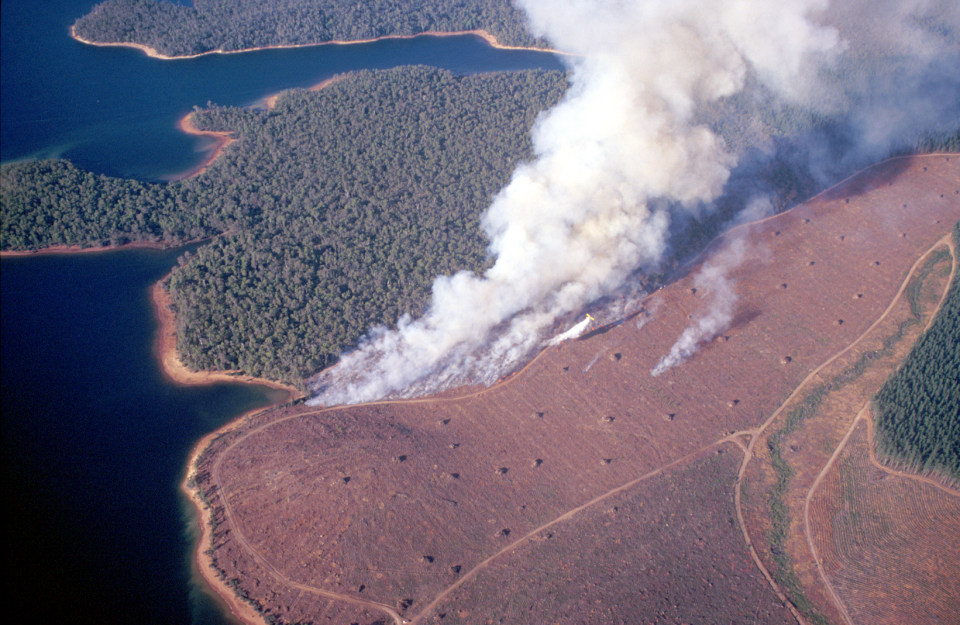
PUBLICATIONS
Published works

Approaches for investigating wildfire impacts on catchment hydrology
| Title | Approaches for investigating wildfire impacts on catchment hydrology |
| Publication Type | Thesis |
| Year of Publication | 2018 |
| Authors | Yu, M |
| Academic Department | School of Life and Environmental Sciences |
| Degree | Doctor of Philosophy |
| Date Published | 10/2018 |
| University | The University of Sydney |
| City | Sydney |
| Keywords | soil and water assessment tool, soil carbon, TSS, water quality, Wildfire |
| Abstract | Wildfire has serious impacts on the hydrological cycle and water quality of forested catchments. Forested catchments are commonly used as an important source of drinking water supply in Australia and internationally. Monitoring short-term and long-term post-wildfire catchment hydrology (water quantity and quality) change is important for catchment management. Past studies are limited by data availability and method used. In this thesis, we firstly used empirical (linear mixed model and k-mean clustering) and physical-based hydrological model – Soil and Water Assessment Tool (SWAT) to detect the effect of wildfire on forested catchment hydrology and then built scenarios using physical-based model to investigate the cause of the catchment hydrology change and identify the wildfire sensitive areas in catchments for catchment protection. The case study used here is the 2001/2002 Sydney wildfire, 10 years of pre-wildfire and 10 years of post-wildfire water quantity and quality data were collected by WaterNSW and used in this study. We have successfully used linear mixed model and SWAT to detect the wildfire effect on catchment hydrology in the thesis. As a result, the empirical model observed a long-term (5 - 10 years) post-wildfire water quality change; this change is more considerable during post-wildfire event period. The result from physical-based hydrological models also indicated a long-term change in total suspended sediments concentration during post-wildfire period. In addition to the change detected. Our scenario in physical-based models also observed that post-wildfire soil carbon change has limited effect on catchment hydrology and vegetation change is the main cause of post-wildfire catchment hydrological change. Out models also suggested that sub-catchments with higher slope increases, shorter slope, and smaller soil top layer bulk density, clay, and carbon content, are the most wildfire sensitive areas and should be protected the most. |
| URL | http://hdl.handle.net/2123/20565 |
Published Works


